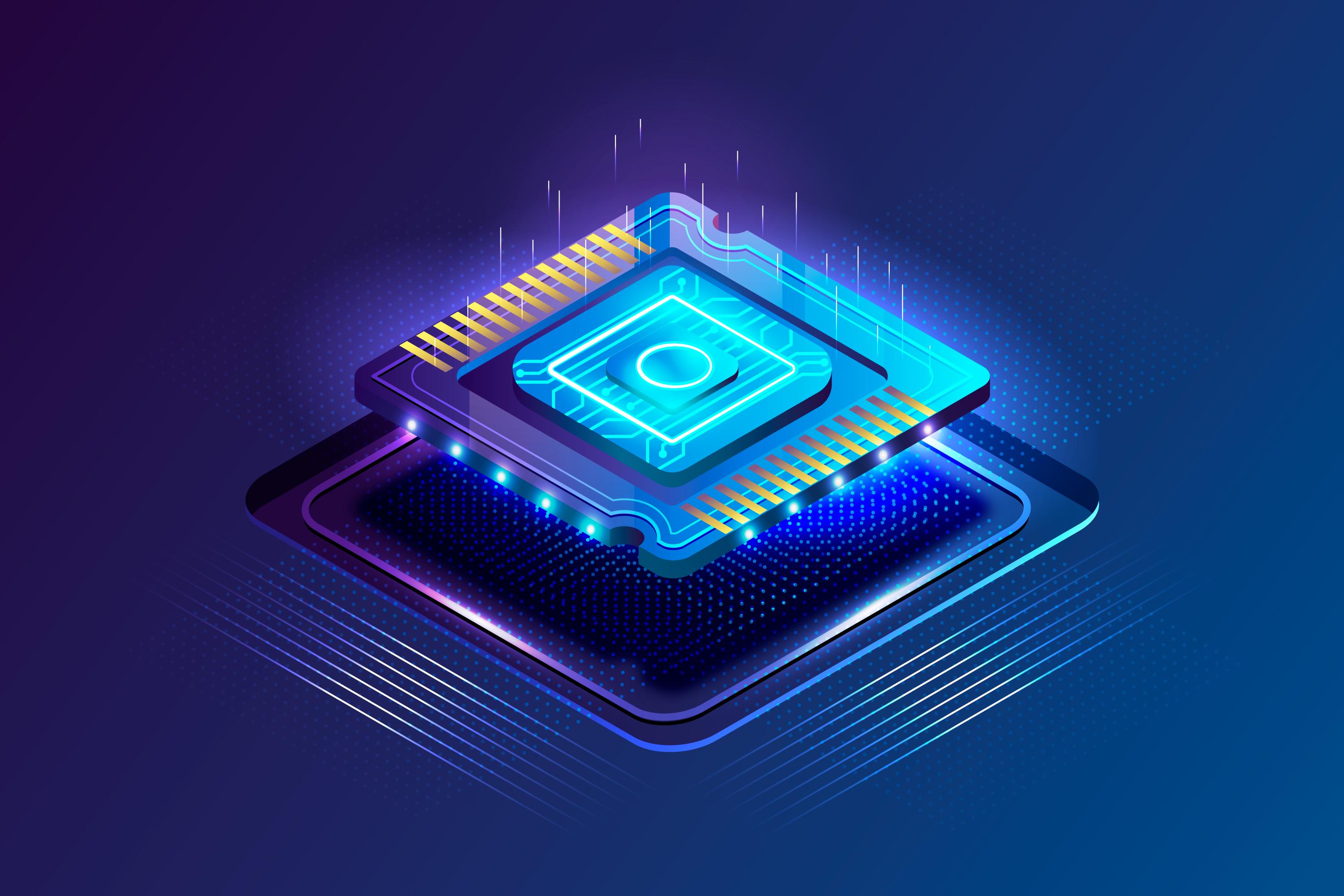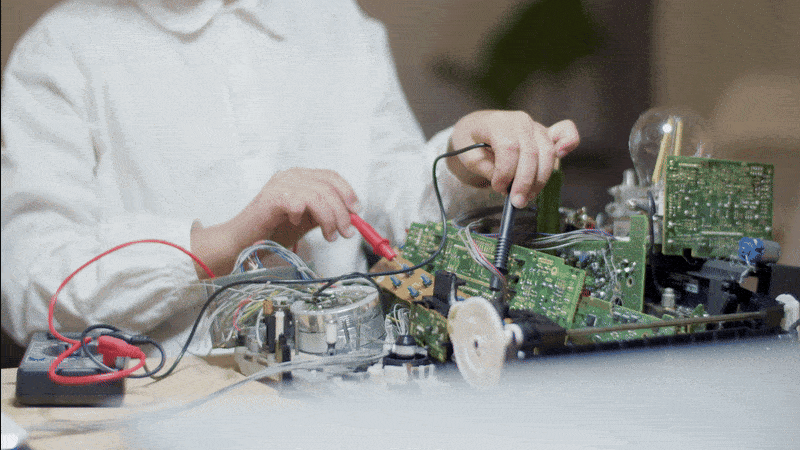Are you aiming for a career in VLSI physical design but stuck with only academic experience? The game-changer could be hackathons and VLSI design contests.
These aren’t just competitions, they’re your ticket to:
- Collaborating with peers from diverse backgrounds
- Gaining hands-on experience with FPGAs, clock tree synthesis, and layout
- Building a real portfolio to impress recruiters
Whether you’re a student, a fresh graduate, or a self-learner, these events give you practical exposure and industry recognition.
Why Hackathons and Contests Matter in Physical Design
1. Real-World Experience
These aren’t theoretical exercises. You’ll work on live problems from RTL to chip layout. For example, the VLSI-D 2025 Design Contest had teams create medical imaging accelerators using FPGA hardware.
2. Industry Relevance
Contests like VLSID Design Contest 2026 are tied to major conferences, giving you visibility, mentorship, and internship opportunities.
3. Networking & Visibility
Top teams get recognised at conferences like VLSID, putting your work in front of recruiters, mentors, and investors.
4. Soft Skill Development
These events enhance your problem-solving, teamwork, time management, and presentation abilities—all crucial even for technical roles.
5. Portfolio Building
From RTL code to synthesis reports and working demos, your submissions can be added directly to GitHub or resume portfolios.
How to Choose the Right Contest
Select hackathons/contests that:
- Focus on ASIC/SoC, FPGA prototyping, routing optimisation, or hardware-software co-design
- Provide hardware kits (e.g., PolarFire SoC)
- Offer industry mentorship and webinars
- Include internship opportunities or prizes
Before the Event: Prep Like a Pro
A. Build a Balanced Team
Create a 3–4 member team with:
- RTL/HDL Designer
- Verification Engineer (UVM/testbenches)
- FPGA/Physical Design Expert
- Hardware-Software Integration Lead
B. Master Your Tools
Get familiar with:
- FPGA Tools: Vivado, ModelSim, PolarFire SDK
- Physical Design Tools: OpenROAD, Magic, Klayout
- STA Tools: OpenSTA, Yosys
Prepare demo flows (e.g., RTL → GDSII) to gain an edge during evaluation.
C. Create a Strong Proposal
Include:
- Clear problem statement
- Architecture diagram
- Tools/hardware specs
- Demo plan + societal relevance
During the Hackathon: Execute Smartly
1. Follow a Timeboxed Plan
Most contests span 4–8 weeks. Break down tasks:
- Week 1: RTL design + Flow setup
- Week 2: Synthesis + FPGA bring-up
- Week 3: Verification
- Week 4: Optimization + Demo
2. Prototype with Physical Design in Mind
- Use static timing analysis for slack
- Optimize clock tree and routing
- Test your design on FPGA hardware
3. Validate Early and Often
- Run simulations
- Perform STA post-synthesis
- Test bitstreams on boards if applicable
4. Measure What Matters
Track:
- Timing closure (slack)
- FPGA utilization (LUTs, registers)
- Clock quality (jitter, skew)
- Power and area metrics (optional but impactful)
5. Create a Winning Presentation
Prepare:
- 60–90 sec demo video
- Pitch deck with problem, architecture, metrics
- Poster with diagrams, screenshots, and code
After the Event: Showcase Like a Pro
A. Add to Your Portfolio
Upload:
- GitHub repo with code, README, synthesis logs
- Demo video or benchmark logs
- Key learnings (e.g., “reduced slack from +0.2ns to -0.05ns via CTS rebuffering”)
B. Blog & Share
- Write a blog post: "How we built an SoC-based medical accelerator"
- Share insights on LinkedIn/Twitter—tag mentors and contest organizers
C. Keep Networking
- Connect with mentors and peers
- Request feedback for growth
6. Real Example: VLSI-D 2023 Winners
Team from IIIT Bangalore:
- Built a brain tumor segmentation system on FPGA
- Submitted a detailed proposal and demo
- Received PolarFire SoC Kit
- Won the 1st Prize after 2 months of development
Takeaways:
- Real-world problems get noticed
- Clear documentation impresses judges
- Hardware-software synergy is valuable
- Hackathons prepare you for real chip projects
7. How VLSIFirst Can Help You Win
VLSIFirst is an excellent launchpad:
- Promotes hands-on hackathons & mentorship
- Offers physical design training (placement, routing, STA, CTS)
- Alumni credit it for their successful job placements
If you want expert guidance in physical design, VLSIFirst bridges the gap from learning to earning.
8. Your 5-Step Action Plan
- Pick a contest in FPGA/ASIC physical design
- Form a well-rounded team
- Build a powerful proposal
- Execute in structured sprints
- Showcase and network for visibility
Final Thoughts
If you're serious about VLSI physical design, don’t wait for job experience—create it through hackathons and contests. These events give you real challenges, tools, and recognition.
Pair them with structured training like VLSIFirst, and you'll stand out in job applications—not just as a graduate, but as a hands-on VLSI engineer ready for the industry.
Now it’s your turn: Join the next VLSI contest, build something amazing, and launch your physical design career!

Why VLSIFIRST Is the Best Career Launchpad for ECE, EEE & CSE Graduates
Discover why ECE, EEE, and CSE graduates choose VLSIFIRST for high-paying VLSI careers. Learn how industry-ready training, projects, and placements accelerate your journey.

Engineering Completed? How VLSIFIRST Helps You Enter VLSI Faster
Discover how VLSIFIRST helps engineering graduates fast-track their VLSI careers with industry-ready training, projects, mentorship, and job-oriented skill development.

Clock Gating vs Power Gating: Implementation, RTL Flow & Verification Guide
Learn how to implement clock gating and power gating with RTL design steps, backend changes, UPF flow, and a full verification checklist for efficient low-power VLSI design.
_11zon.jpg)
What to Do After Engineering? Why VLSIFIRST Leads Chip Design Careers
Discover why VLSIFIRST is becoming the top choice for engineering graduates pursuing VLSI and semiconductor careers. Explore job roles, growth, and industry-ready training benefits.

VLSI Career Roadmap for Engineering Graduates: Step-by-Step Guide
A complete VLSI career roadmap for engineering graduates. Learn skills, domains, tools, and steps to become a successful semiconductor engineer in the chip design industry.
Physical Design Training Institute, Challenges And Solutions In ASIC Verification, Top VLSI Companies In Hyderabad, Understanding Physical Design Flow From Netlist To Gdsii, VLSI Backend Career, VLSI Physical Design Engineer Salary In Indian Cities, RTL Design Engineer Interview Questions, Learn HR Interview Question, Physical Design Course in Delhi, Blog, Google ASIC Engineer Jobs, Physical Design Training Institute in Hyderabad, Physical Design Classroom Training in Mumbai
Hours
Copyright 2025 © VLSI Technologies Private Limited
Designed and developed by KandraDigitalCopyright 2025 © VLSI Technologies Private Limited
Designed, Developed & Marketing by KandraDigital
